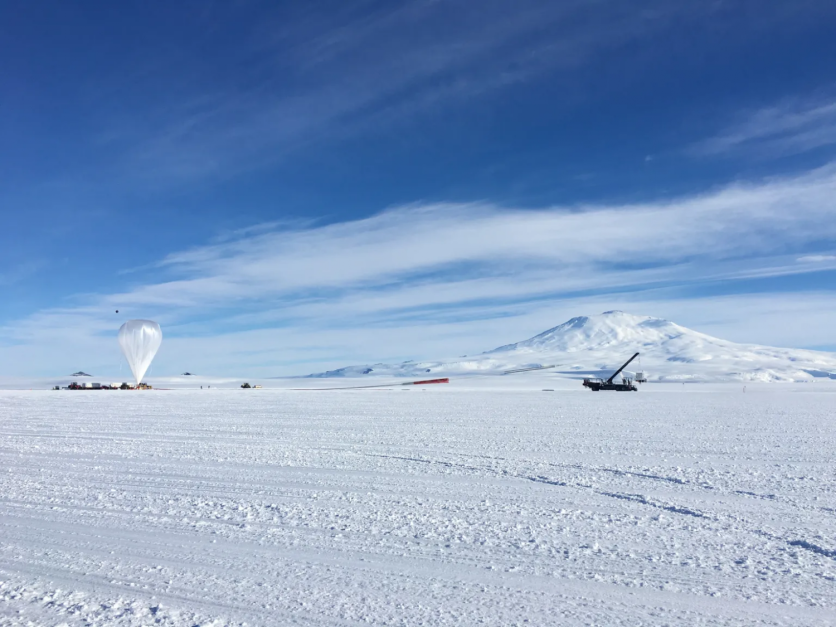NASA will commence its annual Antarctic Long Duration Balloon Campaign on December 1. The campaign includes three scientific balloon flights from the long-duration balloon (LDB) Camp near McMurdo Station, Antarctica.
Five Missions for Zero-Pressure Balloons
In a statement, NASA said its stadium-sized, zero-pressure balloons will support five missions on the long-duration flights, with one vying to break the space agency's heavy-lift, long-duration balloon flight record, which stands at 55 days, 1 hour, and 34 minutes.

Andrew Hamilton, the acting chief of NASA's Balloon Program Office (BPO), expressed the significance of the Antarctic long-duration balloon campaign, saying it is the program's flagship event for long-duration missions.
He emphasized the unique opportunity the Antarctic environment and stratospheric wind conditions provide to conduct missions in a near-space environment for extended periods.
This year's campaign highlights the Galactic/Extragalactic ULDB Spectroscopic Terahertz Observatory (GUSTO) mission. This Astrophysics mission is managed by NASA's Explorers Program Office at Goddard Space Flight Center.
GUSTO's ambitious objective is to spend over 55 days in flight above the southernmost hemisphere, mapping a significant portion of the Milky Way galaxy, including the galactic center and the nearby Large Magellanic Cloud.
Equipped with highly sensitive detectors for carbon, oxygen, and nitrogen emission lines, GUSTO aims to deepen our understanding of the interstellar medium, the cosmic material that exists between stars.
The observations will be conducted from Antarctica to maximize the observation time, access to astronomical objects, and utilize solar power during the austral summer in the polar region.
Among the additional missions slated for the Antarctic LDB campaign is the Anti-Electron Sub-Orbital Payload (AESOP-Lite), led by a team from the University of Delaware and the University of California Santa Cruz.
This mission focuses on measuring cosmic-ray electrons and positrons, comparing them to data collected by Voyager I and II, which reached interstellar space in 2012 and 2018, respectively. AESOP-Lite will undergo a test flight on a 60 million cubic feet balloon to qualify for altitudes surpassing 150,000 feet.
LAURA Mission of NASA
Another noteworthy mission, the Long durAtion evalUation solaR hand LAunch (LAURA), led by NASA's Columbia Scientific Balloon Facility, will assess the use of solar panels to expand the science capability of hand-launched balloons.
These smaller balloons, approximately 40 times smaller in volume than heavy-lift balloons, typically have limited flight time due to the weight of batteries. LAURA aims to overcome this limitation for extended-duration flights.
In a collaborative effort, the Anihala mission, a piggyback payload on the AESOP-Lite launch, involves the Swedish Institute of Space Physics and Sandia National Lab. According to NASA, Anihala seeks to measure natural background sound in the stratosphere over Antarctica, where human-generated sound is minimal.
Zero-pressure balloons are designed with open ducts to release gas and prevent pressure buildup. These balloons, with shorter flight durations due to gas loss during the day-night cycle, find optimal conditions for long-duration missions in the constant daylight of polar summers.
Related Article : NASA's Picture of the Day: Jupiter Looking Sharp in These Breathtaking New Rooftop Telescope Images

![Apple Watch Series 10 [GPS 42mm]](https://d.techtimes.com/en/full/453899/apple-watch-series-10-gps-42mm.jpg?w=184&h=103&f=9fb3c2ea2db928c663d1d2eadbcb3e52)



